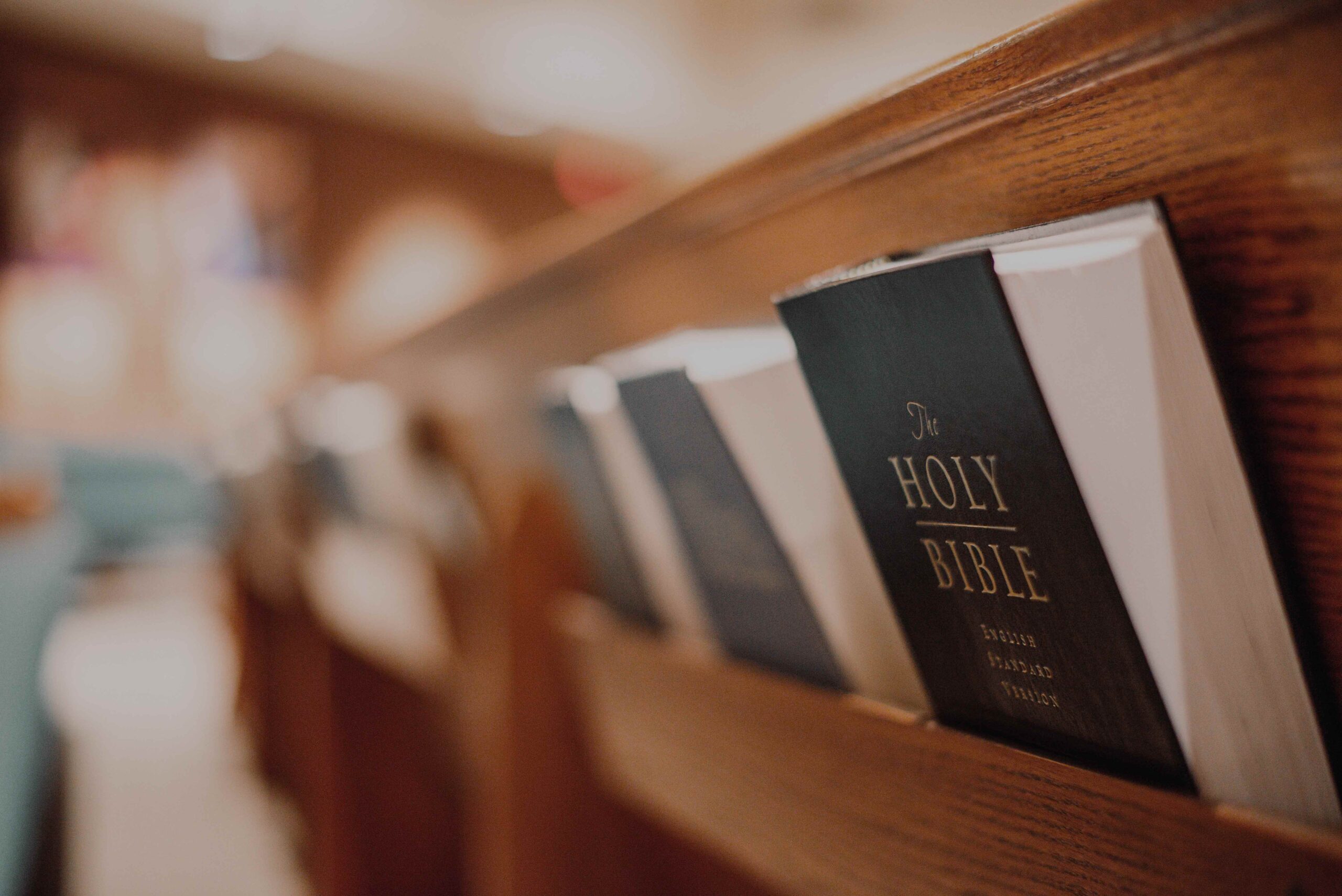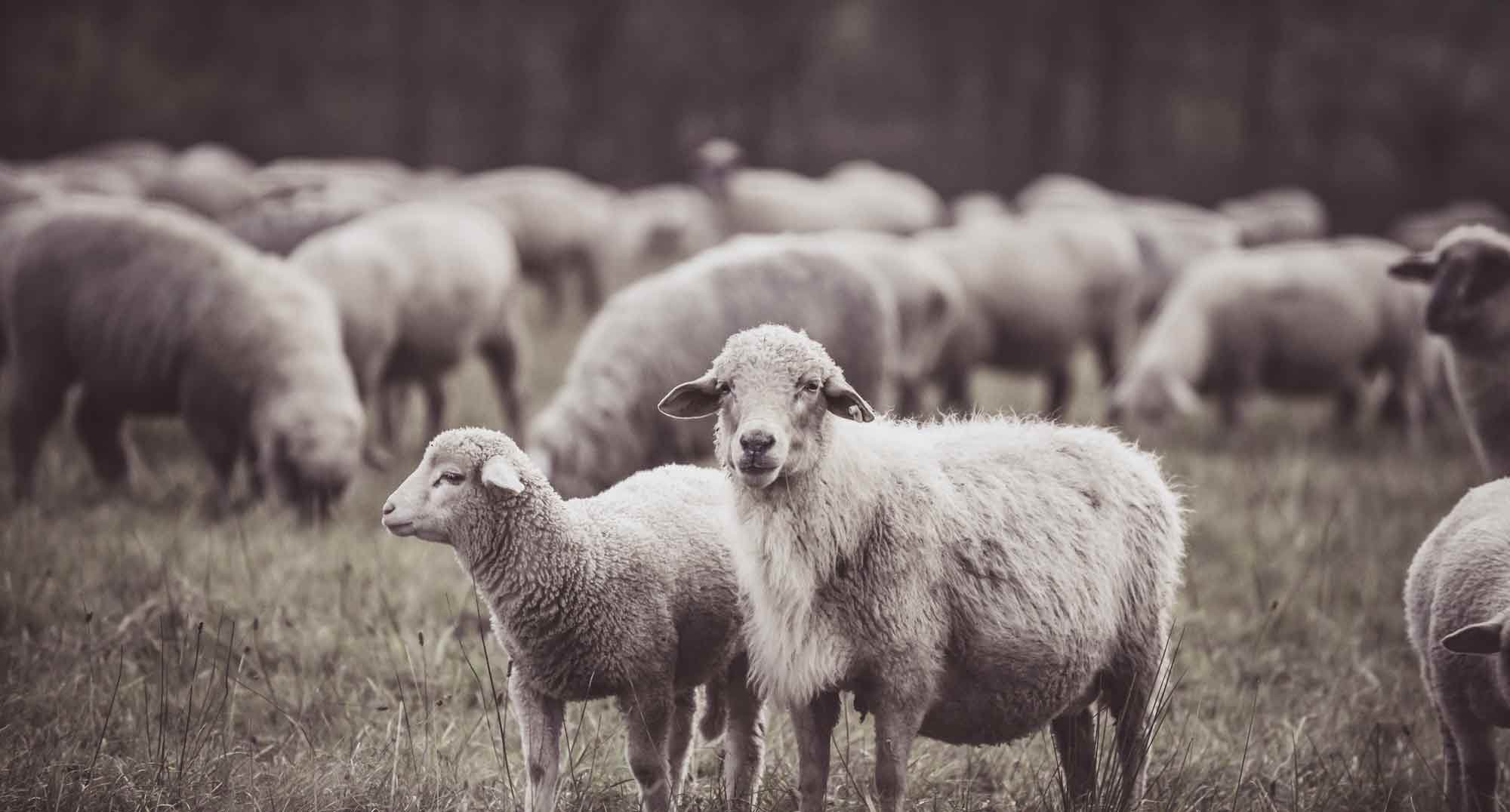Covenantal Promises for the Eternity of Our Children
BARBARANNE KELLY | CONTRIBUTOR It’s always an occasion of joy when on a Sunday morning one of the families in our church brings their child (or children) for baptism, or when children of the church are admitted to the Lord’s Table. Though these sacraments reflect the sacred rites of an ancient people, separated from us by millennia, language, and geographic location, they hold deep significance for our church communities and the people in our pews today. When a child is baptized or when we take the Lord’s Supper, these are more than mere rituals and sweet traditions. The meaning behind them and the covenant promises they hold are an opportunity for reflection and remembrance for me as an individual, and for our whole congregation. When God called Abraham into a covenant relationship with himself, he gave him the covenant sign of circumcision as a means of setting his family apart from the rest of the world and marking them as his own. The sign wasn’t a condition of belonging to the covenant people, but an indication that those so marked already belonged to the people of God. Over four hundred years later, God instituted the Passover through Moses. This too was a family-wide ceremony, a feast to remember the deliverance of the Lord. Those households sheltered under the blood of the lamb were “passed over” when the Lord visited his judgment of death upon the firstborn in Egypt. Circumcision and the Passover both required the shedding of blood, pointing forward to the blood of Christ shed upon the cross for the full and final cleansing and deliverance from sin and death for all those who belong to him by grace through faith. Both of these covenant ceremonies were to be kept “throughout the generations” of the people of God, “for an everlasting covenant” (Gen. 17:7; Ex. 12:17). Yet though the covenant remains, in the New Covenant era, since our Lord Jesus has fulfilled the Old Covenant, the signs have necessarily changed. Bloodshed is no longer required. Instead, circumcision has been replaced with water baptism[1] (Col. 2:11–12). And our Lord Jesus instituted the Lord’s Supper of bread and wine—the cup of the new covenant in his blood, to be done in remembrance of him—to replace the killing of a lamb for the Passover ceremony (Luke 22:18–20)...


